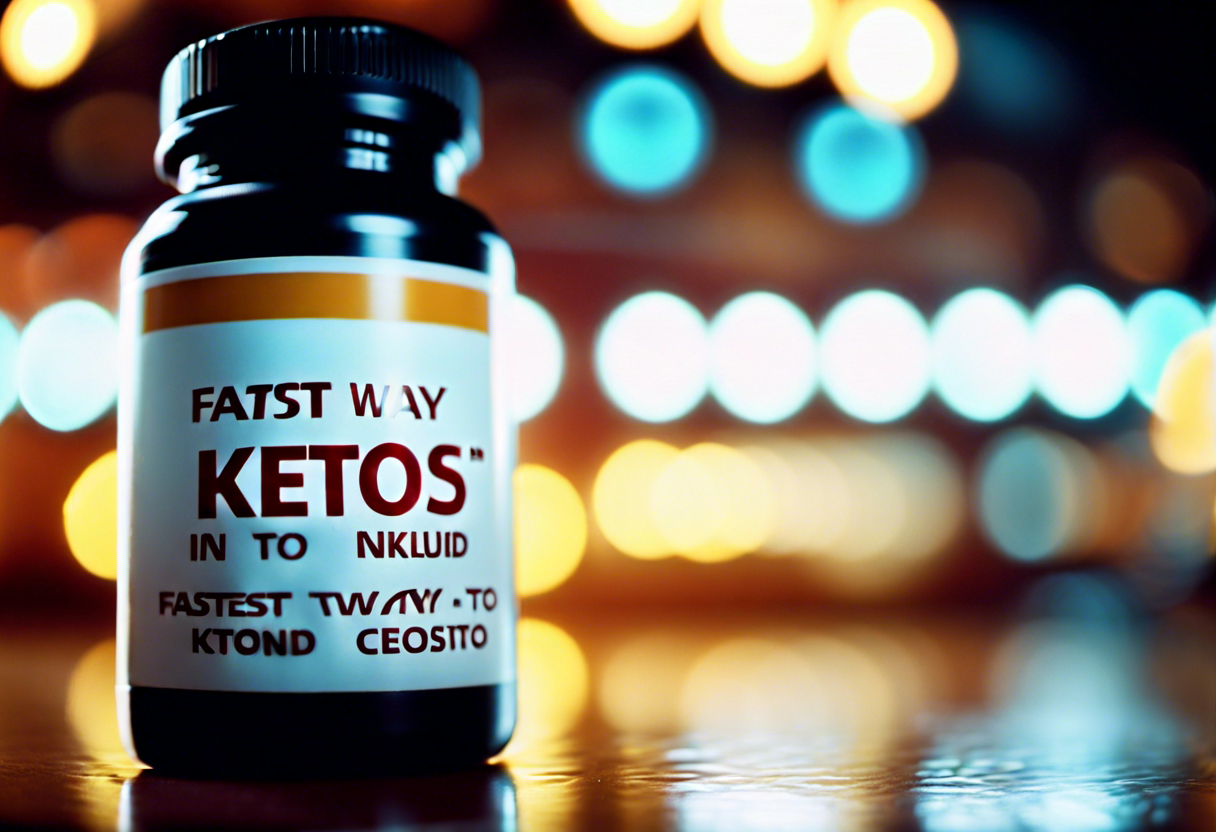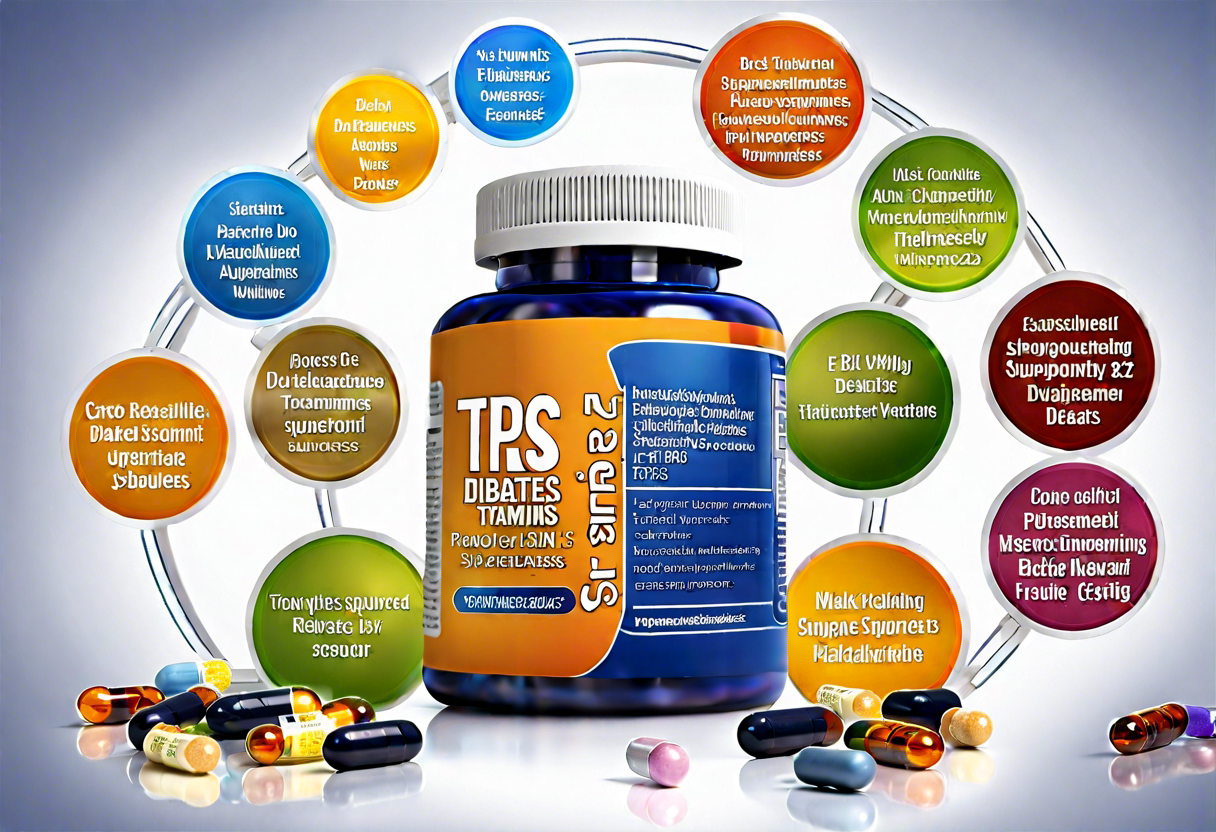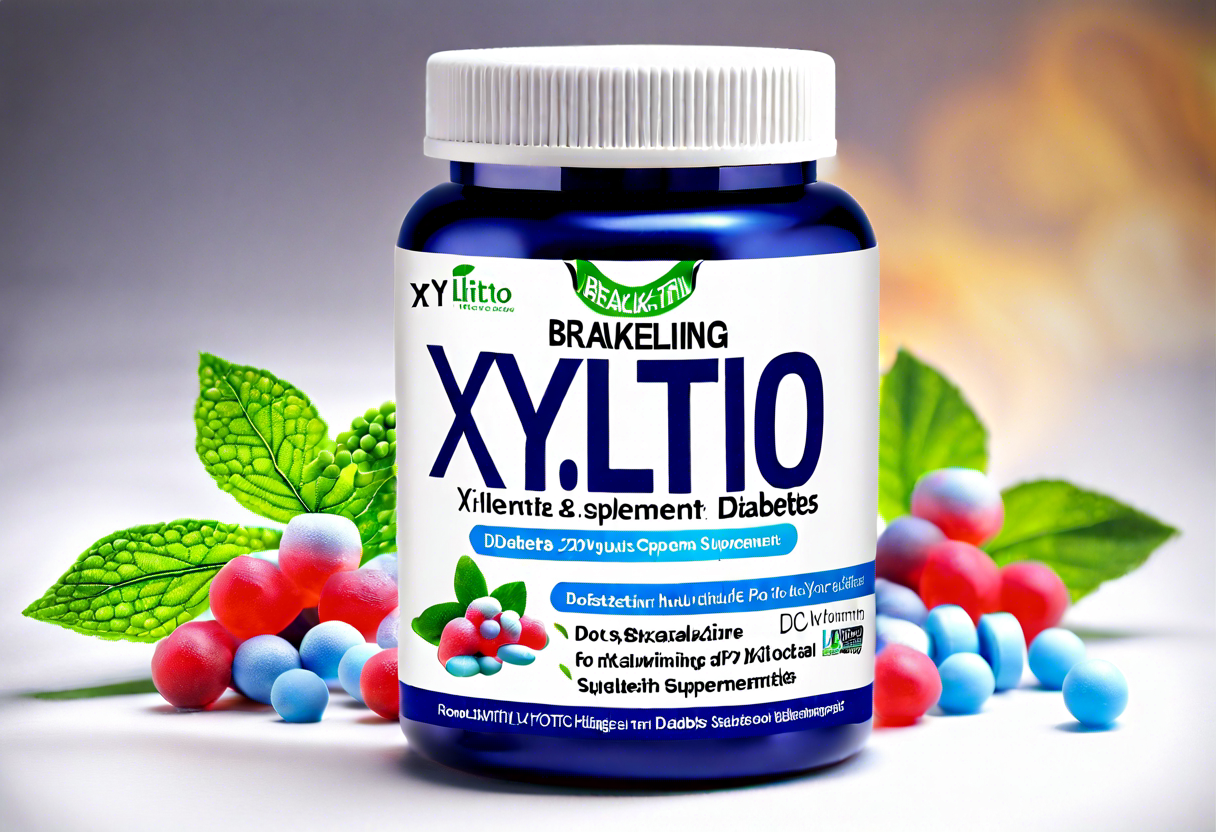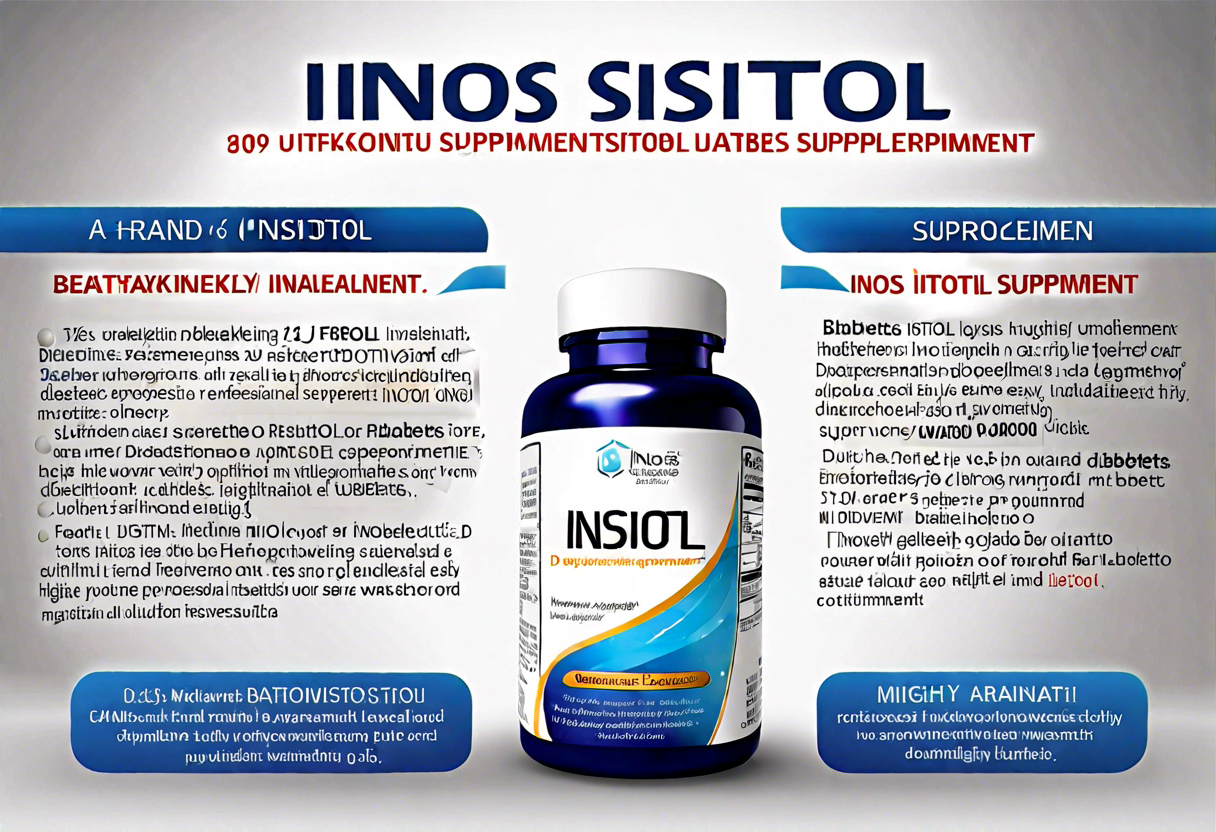What is Ketosis and How Does it Work?
Ketosis is a metabolic process that occurs when the body lacks sufficient glucose for energy and instead starts burning stored fat for fuel. This state typically happens during fasting, prolonged periods of low-carbohydrate intake, or when following a ketogenic diet. Understanding how ketosis works can help individuals optimize their efforts in achieving and maintaining this metabolic state.
When we consume carbohydrates, our bodies break them down into glucose, which is the primary source of fuel for our cells. However, when carbohydrate intake is restricted, the body’s glucose stores become depleted. As a result, the liver starts converting fat into molecules called ketones, which can be used as an alternative source of energy. This shift from using glucose to ketones for energy is known as ketosis.
To get into ketosis, individuals need to limit their carbohydrate intake to around 20-50 grams per day. This low carbohydrate threshold allows the body to deplete its glucose stores and transition into using fat for fuel. It typically takes a few days to a week for most people to enter ketosis. However, the time it takes can vary depending on factors such as individual metabolism, activity level, and dietary habits.
One of the fastest ways to get into ketosis is through fasting. By abstaining from food for an extended period, the body rapidly depletes its glucose reserves and switches to burning fat for energy. This can help speed up the process of entering ketosis. Intermittent fasting, where individuals cycle between periods of eating and fasting, can also be an effective strategy to induce ketosis quickly.
Another method to accelerate the transition into ketosis is to follow a very low-carbohydrate, high-fat ketogenic diet. This eating plan restricts carbohydrates while increasing the consumption of healthy fats and moderate amounts of protein. By minimizing carb intake and increasing fat intake, the body is forced to rely on fat stores for fuel, leading to ketosis.
Physical activity into your daily routine can also help expedite the onset of ketosis. Exercise increases the body’s energy demands, prompting it to tap into fat stores for fuel. Engaging in high-intensity workouts or cardio exercises can further enhance the utilization of stored fat and stimulate ketone production.
Ketosis is a metabolic state in which the body switches from using glucose to burning fat for energy. Achieving this state requires limiting carbohydrate intake and increasing fat consumption. Fasting, following a ketogenic diet, and engaging in physical activity can all promote a faster transition into ketosis. Remember, it is essential to consult with a healthcare professional or registered dietitian before making any drastic dietary changes or embarking on a fasting regimen to ensure it aligns with your individual health needs and goals.
Sources:
- Mayo Clinic: Understanding the Keto Diet
- Harvard Health Publishing: How to Get Into Ketosis
- National Center for Biotechnology Information: The Ketogenic Diet: Evidence for Optimism but High-Quality Research Needed
The Fastest Way to Get into Ketosis
When starting a ketogenic diet, one of the main goals is to enter a state of ketosis as quickly as possible. Ketosis is a metabolic state in which your body switches from using glucose as its primary fuel source to burning stored fats for energy instead. This process can have numerous benefits, such as weight loss, increased energy levels, and improved mental focus. If you’re looking for the fastest way to get into ketosis, here are a few methods that can help expedite the process.
1. Minimize Carbohydrate Intake: The key to getting into ketosis quickly is to significantly reduce your carbohydrate intake. By limiting your carb consumption to around 20-50 grams per day, you can deplete your body’s glycogen stores and prompt it to start using fats for fuel instead. This means cutting out high-carb foods like bread, pasta, rice, and sugary snacks, and focusing on low-carb options such as leafy greens, avocados, and meat.
2. Increase Healthy Fat Intake: To encourage your body to enter ketosis, it’s important to replace the calories lost from carbohydrates with healthy fats. Include sources of healthy fats in your diet such as avocados, olive oil, nuts, and seeds. These fats not only provide energy but also help keep you satiated and satisfied during the initial transition period.
3. Intermittent Fasting: Intermittent fasting is another effective method to speed up the process of getting into ketosis. By extending the amount of time between meals, you can deplete your glycogen stores more quickly and enter ketosis faster. One popular approach is the 16/8 method, which involves fasting for 16 hours a day and restricting your eating window to 8 hours. This can be as simple as skipping breakfast and only consuming food within the remaining 8-hour period.
4. Exercise: regular exercise into your routine can also accelerate the onset of ketosis. Physical activity helps deplete glycogen stores and enhances the body’s ability to burn fats for fuel. Engaging in aerobic exercises like running, cycling, or swimming, as well as high-intensity interval training (HIIT), can be particularly effective in speeding up the transition into ketosis.
5. Use Exogenous Ketones: Exogenous ketones are supplements that provide your body with additional ketones, which can help you get into ketosis faster. They come in various forms, including powders and drinks, and can be consumed alongside your low-carb diet. Exogenous ketones can help bridge the gap between your body’s natural ketone production and the level of ketones needed to enter ketosis.
If you’re looking to get into ketosis quickly, minimizing carbohydrate intake, increasing healthy fat consumption, incorporating intermittent fasting, engaging in regular exercise, and considering the use of exogenous ketones can all be effective strategies. Keep in mind that while these methods can help speed up the process, everyone’s body is different, and it may take some time for you to enter ketosis. Patience and persistence are key when transitioning to a ketogenic lifestyle.
Related Links:
The Importance of Tracking Macronutrients for Ketosis
When it comes to achieving and maintaining a state of ketosis, tracking macronutrients is essential. Macronutrients, which consist of carbohydrates, proteins, and fats, play a vital role in determining whether your body enters ketosis or not. By closely monitoring and controlling your intake of these macronutrients, you can optimize your chances of getting into ketosis quickly and effectively.
One of the primary macronutrients to track is carbohydrates. In order to enter ketosis, you need to restrict your carbohydrate intake to a minimum. This is because consuming too many carbs can lead to an increase in blood sugar levels and hinder the production of ketones, which are essential for ketosis. By monitoring your daily carbohydrate intake and keeping it below a certain threshold (typically around 20-50 grams per day), you can significantly improve your chances of entering ketosis faster.
Another macronutrient to pay close attention to is protein. While protein is essential for muscle maintenance and repair, consuming too much of it can potentially hinder your progress towards ketosis. This is because excess protein can be converted into glucose through a process called gluconeogenesis, which can raise your blood sugar levels and inhibit ketone production. To prevent this from happening, it is important to moderate your protein intake and ensure that it falls within the recommended range for a ketogenic diet.
Fats are the primary macronutrient in a ketogenic diet. Consuming adequate amounts of healthy fats is crucial for the production of ketones and maintaining a state of ketosis. By incorporating sources of healthy fats such as avocados, olive oil, nuts, and seeds into your diet, you can provide your body with the necessary fuel to produce ketones and keep your metabolism in a fat-burning state. Tracking your fat intake and ensuring that it constitutes a significant portion of your daily calorie intake is essential for achieving and sustaining ketosis.
To effectively track your macronutrient intake, it is recommended to use a food diary or a mobile app that allows you to log your meals and calculate their macronutrient composition. This will enable you to monitor your carbohydrate, protein, and fat intake throughout the day and make necessary adjustments to ensure you stay within the appropriate range for ketosis. Additionally, paying attention to portion sizes and reading food labels can help you make informed choices and stay on track with your macronutrient goals.
Tracking macronutrients is crucial for achieving and maintaining ketosis effectively. By closely monitoring and controlling your carbohydrate, protein, and fat intake, you can optimize your chances of entering ketosis quickly and enjoying the numerous benefits associated with this metabolic state. So, make sure to keep a close eye on your macronutrient intake and adjust your diet accordingly to achieve your desired state of ketosis.
Sources:
Benefits and Potential Side Effects of Ketosis
Introduction:
Ketosis is a metabolic state in which your body starts using fat as its primary fuel source instead of carbohydrates. This shift in fuel source offers a wide range of benefits, but it’s important to understand both the advantages and potential side effects of ketosis. By knowing what to expect, you can make informed decisions and optimize your experience with this dietary approach.
Benefits of Ketosis:
- Weight Loss: One of the main reasons people adopt a ketogenic diet is for weight loss. By restricting carbohydrates, your body is forced to burn stored fat for energy, helping you shed those extra pounds more rapidly.
- Reduced Appetite: Ketosis has been associated with a decrease in appetite, making it easier to adhere to a calorie deficit. This can be particularly beneficial for individuals looking to control their food intake and prevent overeating.
- Improved Mental Focus: When your body is in ketosis, ketones derived from fat become the primary energy source for the brain. Many individuals report increased mental clarity and improved cognitive function while in this metabolic state.
- Stable Blood Sugar Levels: For individuals with diabetes or insulin resistance, ketosis can help regulate blood sugar levels and improve insulin sensitivity. This can be beneficial for managing symptoms and reducing the risk of complications.
- Increased Energy: As your body becomes efficient at burning fat for fuel, you may experience a boost in energy levels. This sustained energy can enhance physical performance and help you power through workouts.
Potential Side Effects of Ketosis:
While ketosis can offer numerous benefits, it’s important to be aware of potential side effects that some individuals may experience:
- Keto Flu: During the initial transition into ketosis, some people may experience flu-like symptoms such as fatigue, headaches, and irritability. These symptoms usually subside within a few days as the body adapts to using fat as fuel.
- Digestive Issues: On a ketogenic diet, you may consume larger amounts of fat and fewer carbohydrates, which can lead to changes in bowel movements. Some individuals may experience constipation, while others may have looser stools.
- Bad Breath: The increase in ketone production can lead to a distinctive fruity odor on the breath, commonly known as "keto breath." Regular dental hygiene can help manage this side effect.
- Nutrient Deficiencies: Since the ketogenic diet restricts certain food groups, it’s important to ensure you’re still getting a wide range of nutrients. nutrient-dense foods and considering supplementation can help prevent deficiencies.
:
By understanding the benefits and potential side effects of ketosis, you can make an informed decision about whether this metabolic state is right for you. Remember to consult with a healthcare professional before starting any new dietary approach, especially if you have underlying health conditions. With proper understanding and care, ketosis can offer a wide range of advantages, paving the way for a healthier lifestyle.
5. Tips for Long-Term Success in Maintaining Ketosis
Once you have successfully achieved ketosis, it is important to maintain this metabolic state for long-term success. Here are some tips to help you stay in ketosis:
1. Stick to a Low-Carb, High-Fat Diet
The key to maintaining ketosis is to continue following a low-carb, high-fat diet. This means limiting your intake of carbohydrates and increasing your consumption of healthy fats. Foods to include in your diet include avocados, nuts and seeds, fatty fish, olive oil, and coconut oil. Avoid high-carb foods like bread, pasta, grains, sugary snacks, and starchy vegetables.
2. Monitor Your Macronutrient Intake
Tracking your macronutrient intake is crucial for staying in ketosis. Keep a close eye on your daily carbohydrate consumption, ensuring it falls within the recommended range of 20-50 grams per day. You should also monitor your protein intake to prevent it from being too high, as excessive protein can be converted into glucose, potentially leading to a reduction in ketone production.
3. Stay Hydrated
Drinking plenty of water is important for maintaining ketosis. Adequate hydration can help prevent dehydration, which can occur more easily when following a low-carb diet. Water also supports kidney function and can help flush out any excess ketones in your body.
4. Incorporate Coconut Oil and MCT Oil
Coconut oil and MCT oil into your diet can help boost ketone production and support ketosis. These oils contain medium-chain triglycerides (MCTs), which are quickly absorbed and converted into ketones by the liver. Add these oils to your coffee, salad dressings, or smoothies for an easy way to increase your fat intake and maintain ketosis.
5. Get Regular Exercise
Regular exercise can help enhance the benefits of ketosis and improve your overall health. Engaging in both aerobic and resistance training can help increase fat burning and preserve muscle mass. Aim for at least 150 minutes of moderate-intensity exercise per week, or 75 minutes of vigorous activity.
6. Prioritize Quality Sleep
Adequate sleep is crucial for maintaining ketosis. Lack of sleep can increase cravings for high-carb foods, hinder weight loss, and negatively impact insulin sensitivity. Aim for 7-8 hours of quality sleep each night to support your ketogenic lifestyle.
7. Seek Support and Accountability
Having a support system can greatly increase your chances of long-term success in maintaining ketosis. Connect with like-minded individuals through online communities or seek the guidance of a registered dietitian or a healthcare professional who specializes in the ketogenic diet. They can provide guidance, answer your questions, and offer valuable support along your ketogenic journey.
By following these tips, you can increase your chances of long-term success in maintaining ketosis. Remember, consistency is key when it comes to reaping the benefits of this metabolic state. With dedication, a well-formulated diet, and a healthy lifestyle, you can achieve and maintain ketosis for optimal health and weight management.
Conclusion
Achieving ketosis can be a powerful tool for weight loss and improved health. Understanding what ketosis is and how it works is the first step in embarking on a ketogenic lifestyle. By strictly limiting carbohydrate intake and increasing fat consumption, the body is forced to burn fat for energy instead of glucose.
There are several methods to accelerate the transition into ketosis. Fasting, exercise, and taking exogenous ketones are all effective ways to jumpstart the process. However, it is important to consult with a healthcare professional before attempting any drastic changes to your diet or exercise routine.
Tracking macronutrients, particularly carbohydrates and fats, is crucial for maintaining ketosis. By closely monitoring your intake, you can ensure that you stay within the recommended macronutrient ratios. This involves calculating your daily carbohydrate limit and focusing on consuming high-quality fats and moderate amounts of protein.
While there are numerous benefits associated with ketosis, including weight loss, increased energy, and improved mental clarity, it is important to be aware of potential side effects. These can include the "keto flu," which manifests as fatigue, headaches, and irritability during the initial stages of ketosis. These symptoms are temporary and can be minimized by staying well-hydrated and replenishing electrolytes.
For long-term success with ketosis, it’s important to adopt healthy habits and make sustainable lifestyle changes. Consistency is key, so it’s crucial to stick to the ketogenic diet and avoid cheat days that could disrupt ketosis. regular exercise, managing stress levels, and getting enough sleep will also support overall health and help maintain ketosis.
The fastest way to get into ketosis involves a combination of strategic dietary choices, physical activity, and patience. By understanding the science behind ketosis and implementing effective methods to achieve it, individuals can experience the numerous benefits associated with this metabolic state. Remember to track macronutrients, listen to your body, and make sensible choices to ensure long-term success with ketosis. With commitment and discipline, you can reap the rewards of improved health and well-being through this powerful dietary approach.









